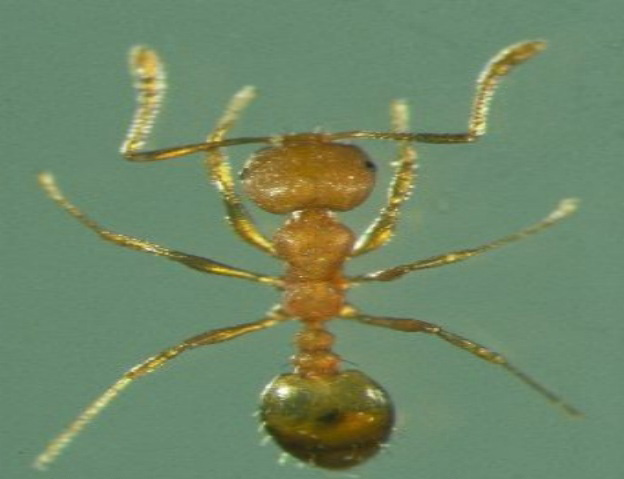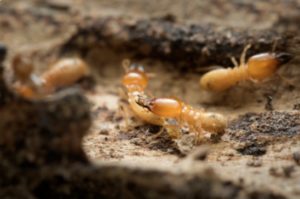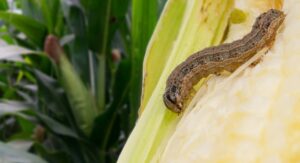Whether you are a homeowner or a business owner, pests will likely be a concern. All across the UK there are pest infestations of all kinds, affecting both rural and urban areas. Certain pests are associated with particular regions and landscapes, but your location doesn’t dictate your pest problems as much as you may think. Country gardens and city skyscrapers are at equal risk from things like mouse and ant infestations. This means that it is just as important to have adequate pest control in London as it is to have it in rural Lancashire because pests can adapt to life anywhere, making them difficult to control. What makes pest control even more difficult is the presence of invasive, non-native species on our city streets. These species came to the UK as part of the Great Pest Migration. Throughout the centuries these pests mimicked human migration patterns, coming from far corners of the globe and thriving in the UK, only to terrorise its human population. The Pharaoh Ant is one such species.
Name: Pharaoh Ant (Monomorium pharaonis)
Appearance: Yellow or light brown in colour, the abdomen is always darker than the rest of the body and the ant is almost transparent in appearance.
Height/Weight:Bodies are small in size, generally only about 2mm in length.
Characteristics: Pharaoh ants have poor vision but have shown evidence of being able to remember things, choosing the familiar over the unfamiliar. They demonstrate awareness and management of time, their work schedule starting at 8am every morning. Their non-functional stinger produces pheromones which are used for communication in their complex colony dynamic. These ants were the first of their species to use repellent pheromones.
Diet: Pharaoh ants have a unique foraging system which helps them collect resources. They eat a wide variety of food including sugar and sugary foods, grease and dead insects. They also gnaw at silk, rayon and rubber materials.
Habitat: Pharaoh ants are a tropical species but can thrive almost anywhere in buildings with the right conditions (warmth from central heating, enough space to expand nest into). Their colonies grow at great speed, able to populate an entire office building in less than six months. Nests can fit in all nooks and crannies but are usually found in wall voids, under floors and inside various pieces of furniture.
The Pharaoh ant is a non-aggressive species but it is a notorious indoor pest for homes and businesses and a particular nuisance in hospitals. Its exact origins are widely unknown but this once-tropical ant is believed to have originated in Africa or the Mediterranean. The species is now established in almost every part of the globe, from Europe and the Americas to Australasia and Southeast Asia, where it thrives even in the presence of highly aggressive ant species like those in Australia. This ability to adapt and survive is due to a number of factors, including the ants’ unique foraging capabilities and their behaviours as a colony.
The Pharaoh ant colony has a complex social system which means individual colonies thrive whilst different colonies cooperate to gather resources and ensure the survival of the species. On top of this cooperation and work ethic, the Pharaoh ants’ ability to infest large areas in a short space of time makes them an incredibly successful pest. Each colony can contain up to 200 queens and around 1000-2500 workers. These sizeable colonies can “bud” into lots of other colonies, able to expand rapidly enough to populate an entire office building in less than six months. One queen can lay hundreds of eggs which take less than two months to become fully mature adults and breeding is continuous all year round which means there is no respite from infestation. Part of the reason these pests thrive in the UK is because of the shelter and temperate environment provided by our centrally heated buildings. The ants are becoming more suited for human habitats where food sources, shelter and optimum living conditions are abundant. This is good news for the Pharaoh ant but not for you.
Pest control is difficult with this species because of its rapid breeding, its adaptability and its ability to “bud”. By budding the ants can split a large colony into safer, smaller colonies during the extermination process. These smaller colonies reunite at a later date and repopulate the area, making it infested once again. Once these ants have established themselves in homes, businesses and hospitals – where they are particularly dangerous because of their tendency to get into medical instruments and wounds – they can only be gotten rid of by a professional pest control company. With such effective survival tactics and an ability to not only thrive as a species but resist extermination attempts, the Pharaoh ant is by far one of the most successful species the UK has inherited from the Great Pest Migration.






